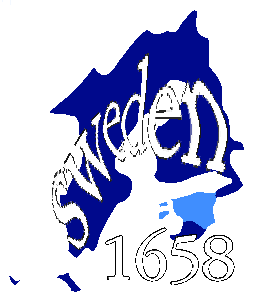Updates
14/5/25 - created the page
Tere tulemast!
Long live Estonia! Under Indefinite Construction!
Estonia is the smallest Baltic country in both totaling land area and population. Because of its geographic position, it shares to close ties to Finland in history, culture and language. In fact, the Estonian language forms part of the Finno-Urgic tree of families whereas Lithuanian and Latvian are part of the Baltic branch of Indo-European languages despite Lativa bordering Estonia.
Why not Baltic??
Estonians are culturally and linguistically more tied to the Finnish peoples. This has been like this ever since (around) 3000–2500 BCE when they (the Finnic peoples) arrived from the Russian Ural region and settled there. Because of that, Estonians are genetically more connected to Finns and often consider themselves only geographically and politically a part of the Baltics due to their differing ancestry and language in opposition to Lithuania and Latvia, which are more closely related.
Short History

From 1219-1346, the northern part Estonia was known as The Duchy of Estonia or just Danish Estonia which was a dominion under the Kingdom of Denmark. Until 1561, the south was under the Livonian Order which itself was a branch under the Teutonic Order (which was a highly religious German military society responsible for Christianizing the region).
From 1561-1710 the country enjoyed relative autonomy and reforms under Sweden, otherwise known as the "good old Swedish times" in Estonia.
After Sweden's loss in the Great Northern War, Estonia was annexed by the Russian Empire as part of the peace treaty and saw Russian rule from 1710-1918.
After the collapse of the Russian Empire, Estonia declared independence before once again being absorbed by the Soviet Union in 1940-1941. It was then occupied by the Third Reich from 1941-1944 as part of the German invasion of the USSR.
After the Germans, the Soviets retook the country and Estonia became a Soviet Socialist Republic from 1944-1991 before once again declaring independence and steering itself towards democracy.
Religion
In the early 1200s, German crusaders during the Northern Crusades which sought to convert tribes in the Baltics from paganism to Christianity. In Estonia, this succeeded and large swaths of the population was forcibly Christianized.
In the 1500's Estonia turned Lutheranist after the Reformation which subsequently replaced Catholicism as the majority faith in the country.
Now, Estonia is one of the least religious countries in the world, mostly due to the enforced secularization by the Soviet Union with most churches being shut down and atheism being promoted across the entire country.